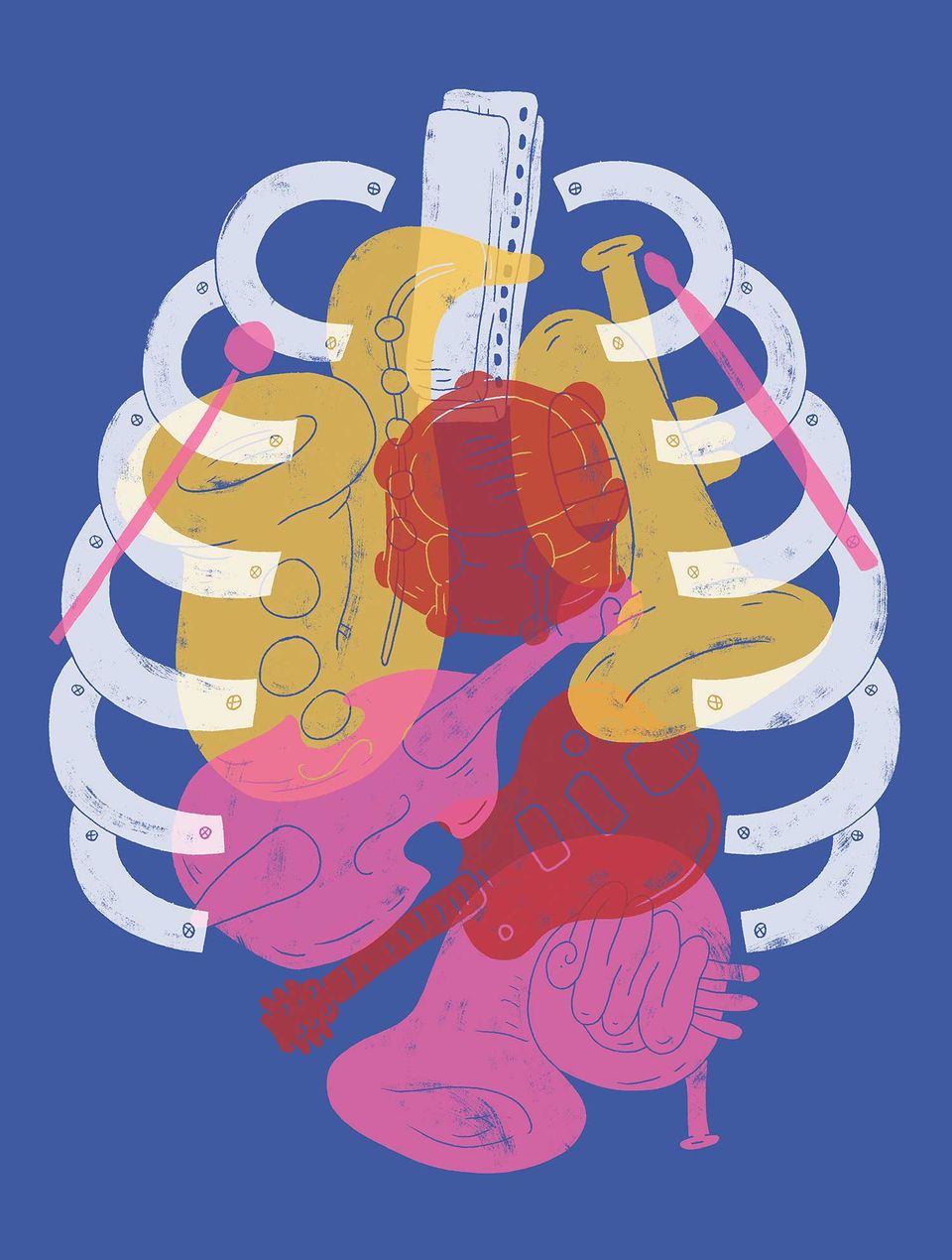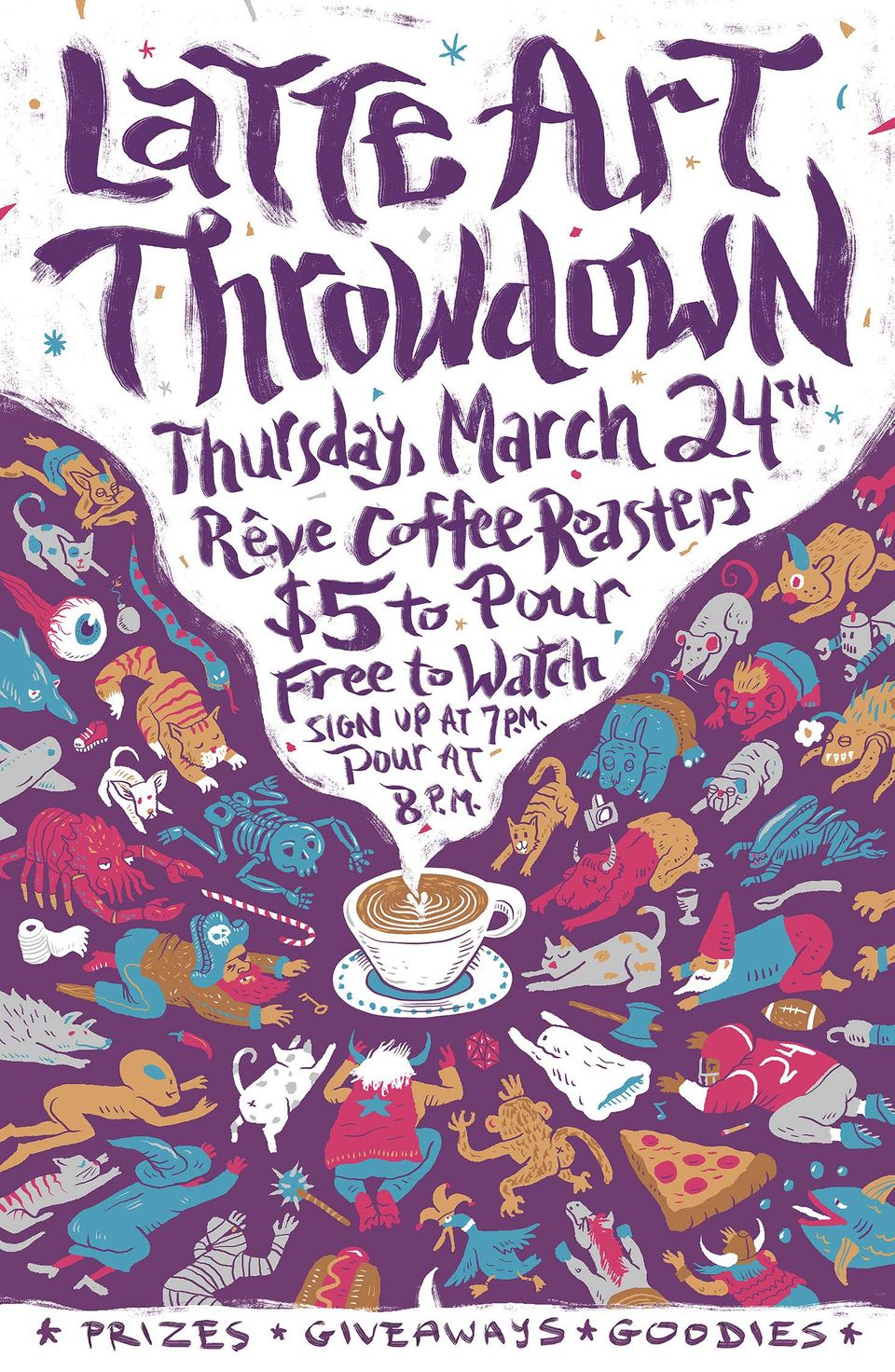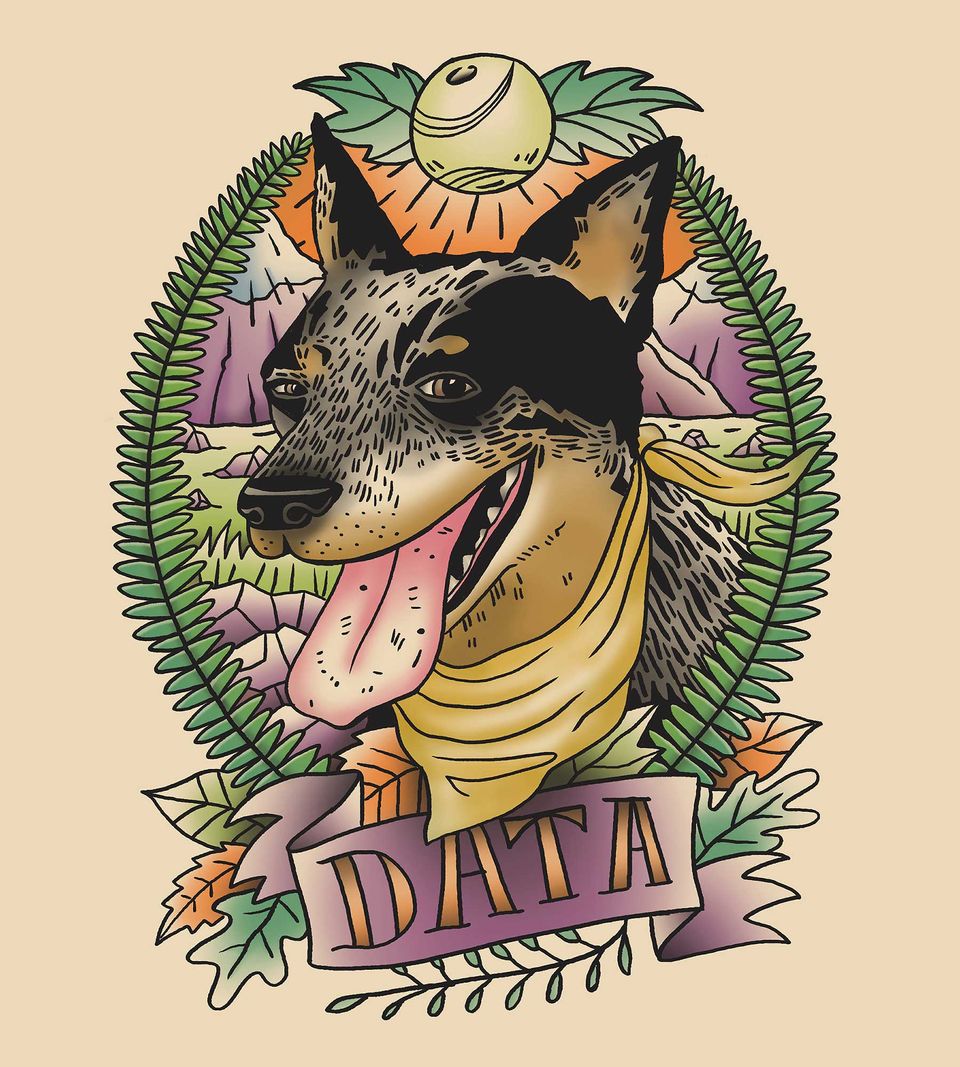Artist Spotlight: Burton Durand
Website Editor • November 17, 2019
Everyone’s work is deeply idiosyncratic: in our regular Spotlight segment we explore artists’ experiences and inspiration to understand what defines and inspires their unique styles.
Can you give us a brief background on yourself?
I distinctly remember that the start of my artistic path was when, in Elementary School, a friend showed me how to draw Sonic the Hedgehog during class. From then I branched out to Mario, GI Joe, Ninja Turtles and all the other characters kids in the 90s were obsessed with. Then I took that artistic passion and channeled it into Graphic Design in college. I earned a BFA degree in Visual Communication / Graphic Design at the University of Louisiana at Lafayette, but I went above and beyond by taking additional drawing and animation classes. Since graduation, I’ve worked in Lafayette as a designer and art director at a couple of nice ad agencies. I’ve been with BBR Creative for seven years now as Senior Art Director and do a lot of freelance illustration on the side. I’ve done illustration work for Time Out New York, Dirty Coast Press, Dollar Shave Club, Cane River Pecans and a slew of other clients, both near and far. I also did a silly webcomic for three years called Horse_eComics, which were strips based on the now-defunct Twitter
spambot Horse_eBook’s tweets.

Lafayette has a good crew of artists who collaborate and hang out often, sharing ideas and inspiration. I’ve been part of a local Drink & Draw group for over 12 years now. We meet every Wednesday to sketch and joke around. There’s always some fun illustration project that comes my way locally. While they may not always be big budget, they do allow for quite a bit of creativity.
What is your process like when combining traditional and digital methods?
These days my process for illustration is usually a sketch on paper (for more elaborate works) and then scanning and inking/coloring digitally. It’s good to think out the composition and elements before jumping onto the computer. Ideally, I have 90% of the piece figured out before scanning the art. Then I fire up the stylus. If the project is a quick one, however, I usually do a digital sketch and then work over that layer directly. I’ve gotten more and more used to working that way, as it does save the time of starting on paper and converting to digital.
Could you pick one piece of art that has made a lasting influence on you, and if so why?
I’m going to zag a little on this question and consider the one piece of art the entire Calvin and Hobbes comic collection. I’ve read and reread all of the comics since I was young and they’re just so amazingly creative, thoughtful and powerful. I always try to instill some clever elements or a bit of humor into all of my illustrations. I figure where I lack in technical ability maybe I can make up a little of that slack with a cool idea or creative solution.
What skills or techniques are you working to try and improve at the moment?
I’m comfortable adapting to several different art styles, but my goal is to keep expanding my arsenal of looks and techniques. As an art director I need to adapt to any number of clients and brands, different moods and palettes, so it’s good to be flexible. I plan to keep exploring different media, be it digital brushes or combinations of traditional and non-traditional art.
Can you give our readers a tip or trick you have come across that has made your work a lot easier?
Definitely explore digital brush packs. There are plenty online for free and for sale, and they’ll greatly expand your capabilities. My digital art game changed forever when I discovered Kyle Webster’s brush packs a few years ago. I’ve bought just about every set he’s put out since then!
How can people who are interested in discovering more of your work find it?
I’m always posting fun stuff on Instagram
and have made so many good friends through Twitter
over the years. My goal is to soon make www.burtondurand.com
an illustration portfolio site instead of just linking to my Tumblr page.
Scriba is a revolutionary digital stylus that is ergonomically designed to comfortably fit your hand and uses unique Squeeze-Motion technology. Order here.
Articles

The United Nations has described the disruption to education caused by the pandemic as ‘unparalleled’. At the virus’ worldwide peak in April, it is estimated that over 90% of all enrolled learners, from kindergarten to bachelors and beyond, had their education affected by school closures and the pandemic (UNESCO). For many university students and older children, they have had to adapt quickly to online learning. They can keep in touch with their peers and teachers online and continue their studies, albeit in a highly modified way. As challenging as this may be, this experience will help equip them for a future that is increasingly online. For parents of younger children, they are assuming a new role: their child’s home school teacher. This is in addition to their usual childcare and household duties, their work responsibilities and often emotional and financial worries caused by the pandemic. Stressful? Yes. The good, and somewhat surprising, news? The experts advise that you don’t teach your children - at least not in the way you might expect.

If the recent outbreak of Covid-19 has taught us anything, it's that many adults do not wash their hands effectively. It has never been more important that we support our children to develop good personal hygiene to keep themselves and our families safe. This seemingly easy task can be very difficult for children with fine motor skill difficulties. In this article, we explore some ideas to support your child with hand washing.

Lockdown has brought the digital future into the now. Online shopping, entertainment, education and more have moved from the periphery to the mainstream to, in many cases, the only option. With the necessity of social distancing looking to continue for many months, it appears that this rapid digital revolution is here to stay. This means that life as we know it, in most of its sectors, has changed forever. In order to survive, businesses are having to adapt rapidly, embrace technology and look to the future. Architecture is no exception. There has been a widespread adoption of technology and VR over the past few months in response to the lockdown across all of society. Elderly grandparents who were once resistant to adopt new technologies talk of “Zooming” and have started video chatting with their family members to combat loneliness. Art galleries that were once considered stuffy or pretentious are now pioneers in VR technology, with Google Art & Culture offering tours of London’s National Gallery or the Musee D’Orsay in Paris. These virtual tours deliver art in a dynamic new way that can be far more engaging than regular photos. Critics have applauded the panoramic and immersive views of gallery building and exhibitions which work well for rendering of 2 dimensional art, however impressions of sculpture is somewhat lacklustre. With VR technology, users can enjoy a truly immersive experience in the comforts, and safety, of their own home. The COVID-19 pandemic has served as an accelerant for the arts and entertainment industries to embrace VR.





